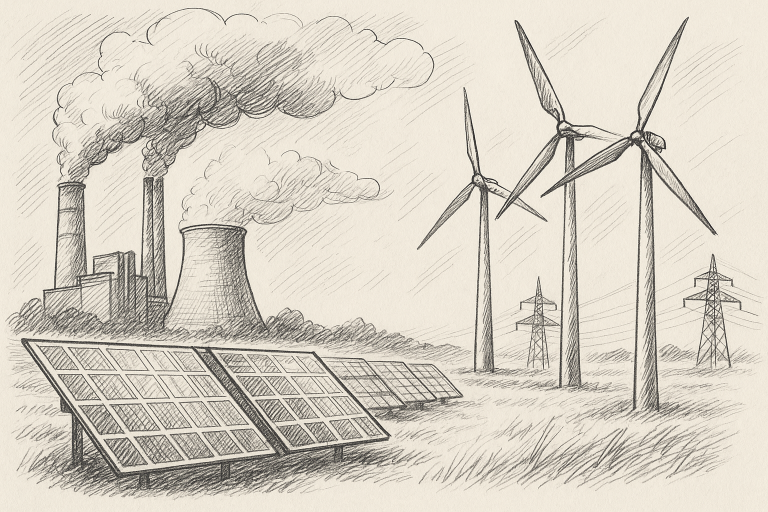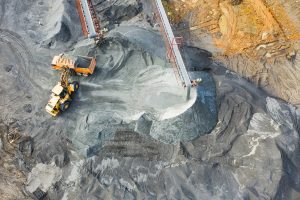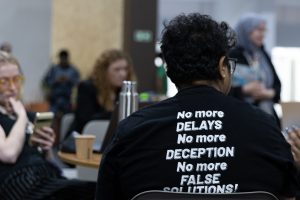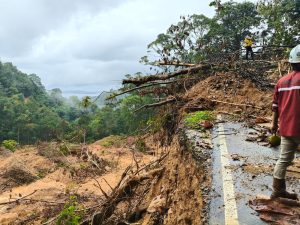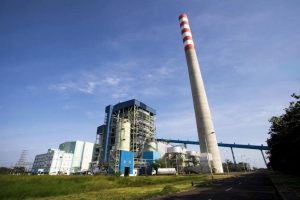Jakarta – Seeing the slow pace of investment, IESR and the Indonesia Clean Energy Forum (ICEF) have put forward key recommendations to encourage a series of reforms to make renewable energy more competitive.
During the Indonesia Energy Transition Dialogue (IETD) 2025 discussion on Tuesday, October 7, both institutions recommended, first, improvements to national energy planning. The RUPTL and IPP policies need to be formulated transparently and involve the public and local governments. There needs to be regular publication of NRE project plans so that investors can prepare long-term strategies.
Second, reforming the Procurement Mechanism. The DPT update schedule is fixed and directly supervised by the Ministry of Energy and Mineral Resources. The government has developed a transparent and competitive national renewable energy auction calendar. Access for new developers and startups is opened through participant classification based on assets and experience.
Third, strengthening the role of PLN. PLN is proposed to form a special entity or subsidiary as a special offtaker for NRE projects. Procurement of small projects (<10 MW) can be delegated to regional PLN offices with a simpler national feed-in tariff scheme.
Despite many challenges, several regions have begun to show signs of change. On Timor Island, the East Nusa Tenggara (NTT) Provincial Government is targeting 47 per cent renewable energy by 2034. Based on an IESR study, the renewable energy potential on this island reaches 30.81 GW, with solar power dominating at 20.72 GW.
With the right strategy—such as cancelling new coal-fired power plant projects and accelerating investment in solar power plants—NTT could become Indonesia’s clean energy laboratory. The total investment required until 2050 is estimated at USD 1.54 billion.
Meanwhile, Sumbawa Island in West Nusa Tenggara has a renewable energy potential of around 10.21 GW, with a focus on solar power. The province is targeting net-zero emissions by 2050, through the gradual replacement of fossil fuel power plants with green hydrogen and ammonia.
“Examples from eastern Indonesia show that renewable energy is not a utopia — as long as policies are consistent and tariffs are competitive,” said Raditya Wiranegara, Research Manager at IESR.
The ambition to achieve full decarbonisation by 2060 still faces a long and winding road. On the one hand, the government continues to affirm its commitment to energy transition; on the other hand, coal subsidies remain the biggest obstacle.
As long as NRE tariffs do not reflect their actual value and PLN continues to compare them with cheap, subsidised electricity, developers will continue to wait on the sidelines — rather than join the game.
The energy transition is not just a matter of technology, but also of having the courage to change old policies that constrain the new future. (Hartatik)
Banner photo: Image generated by OpenAI’s DALL·E via ChatGPT (2025)

